标签:

There is a lot of buzz lately about RFID (Radio Frequency ID) tags, mostly because of JC Penny‘s announcement of switching their retail system to RFID. Some of the buzz contains horror scenes like a hacker driving past your house and scanning it to inventory what you own. Or imagine your "Doggie Door" being hacked and you wake up with a pack of dogs in your kitchen eating food out of your RFID enabled refrigerator.
I decided to get more facts firsthand. So I ordered RFID components from Spark Fun Electronics (www.sparkfun.com/8419) and built my own RFID reader, pictured here. It works great but not nearly good enough to do the bad things described by RFID critics.
But then I came across an Instructable that described building a RFID DETECTOR (www.instructable.com/id/RFID-Reader-Dectector-and-Tilt-Sensitive-RFID-Tag/). It looked easy enough and so I built a similar one that I modified to work with my RFID reader.
This Instructable describes how to build a RFID Dectector that works...
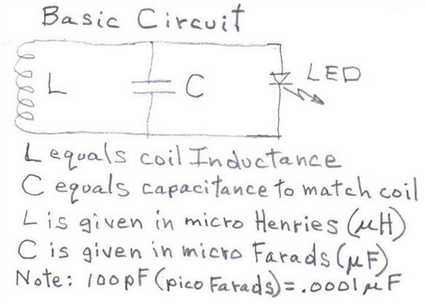
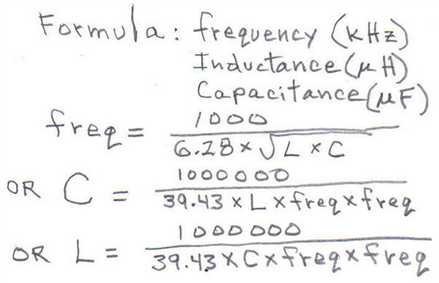


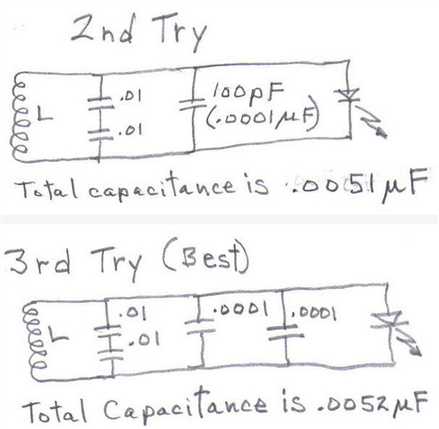
After breadboarding the coil, LED and two .01 uF capacitors hooked up in series and then hooked in parallel with the LED (to give a net capacitance of .005 uF (5000 pF), I powered up my little RFID reader and when I moved the coil within 4 inches of the reader, the LED started to glow. The LED glowed very brightly when I held the coil about one-half inch from the reader. I then add a 100 pF (.0001 uF) capacitor in parallel to the circuit.This further increased the range. And then I found that adding even another 100 pf capacitor (total of two 100 pF capacitors) in parallel with everything caused a further improvement in range. But adding a third 100 pf capacitor decreased the range. So with my coil, it looked like 5200 pf of capacitance was best for the coil that I had (see 3rd Try schematic).
My detector would have worked if I had simply wired up a capacitance of .005 uF in parallel with the coil and LED but the breadboard along with a few extra capacitors allowed me to make the detector reach up to five inches rather than just four inches. This is why a breadboard and some extra capacitors might be helpful for matching the coil that you wind.
The sequence of pictures here reveals how the LED goes from not being visible to brighter and brighter as the coil is placed closer to the RFID reader.
So this little device works - for 125 kHz ("kilo Hertz") readers. It‘s easy to make and somewhat forgiving even if the parts are not "exact" or "ideal."
I then soldered the parts used on the breadboard onto a piece of Radio Shack project board. However, the parts could have been just wired together "ugly style" and then soldered. This would have worked. I then taped the little circuit board to the coil so that the whole unit, coil and all could be handheld, free of any other wires or connections. This handheld unit worked just fine. I would expect it to detect any RFID Reader as long as the Dectector was within 3 to 5 inches of the reader AND the reader operated at a frequency of 125 kHz.
Since I now knew that the capacitance that gave me the most light at a given distance was .0052 uF, I plugged this value along with 125 kHz into the appropriate formula and got an Inductor value of 312 uH instead of the 330 uH value I thought I had. The math here might not be absolutely necessary but it helped me predict what capacitor value might best match my guessed inductance of the wound coil. Using only trial an error might have worked but this would have required more capacitors on hand and very likely more "trial and error."
Furthermore, the principles revealed by the general schematic and the related formulas apply to many RFID situations as well as situations related to metal detectors and radio receivers and transmitters. But that‘s another story...
http://youtu.be/aVBAZ8GvboQ
And now I‘ve decided to finish here by attempting to add access to a video that reveals the action of the RFID Reader Detector...
RFID is everywhere.
Use the easy to build RFID sniffer to find out if objects are tagged.
The RFID sniffer is a simple analog electronic circuit which can detect the presence of 13.56 MHz RFID tags.
These tags are commonly used in all kinds of plastic cards like access badges,
bank cards, library cards, loyalty cards and so on.
Also many other objects may carry RFID tags without you knowing it.
Books, toys, and even clothing might be tagged.
Carrying tagged objects with you can reveal your identity or whereabouts to anyone equipped with the appropiate tools to read RFID tags.
The RFID sniffer helps you identify which objects are tagged, and which are not.
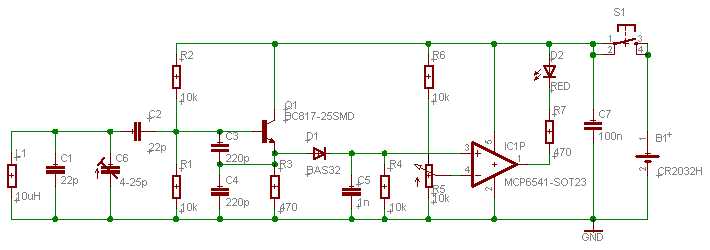
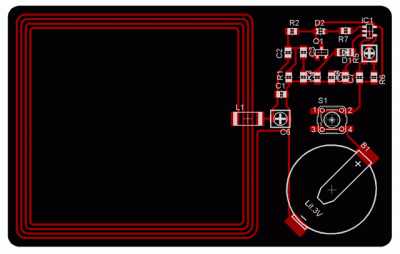
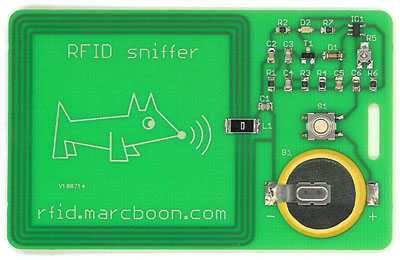
RFID sniffer
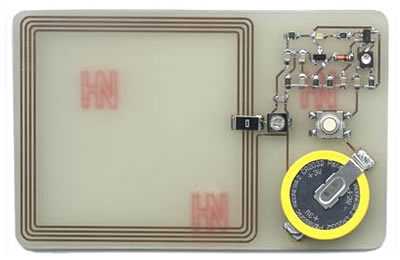
标签:
原文地址:http://www.cnblogs.com/shangdawei/p/4827810.html